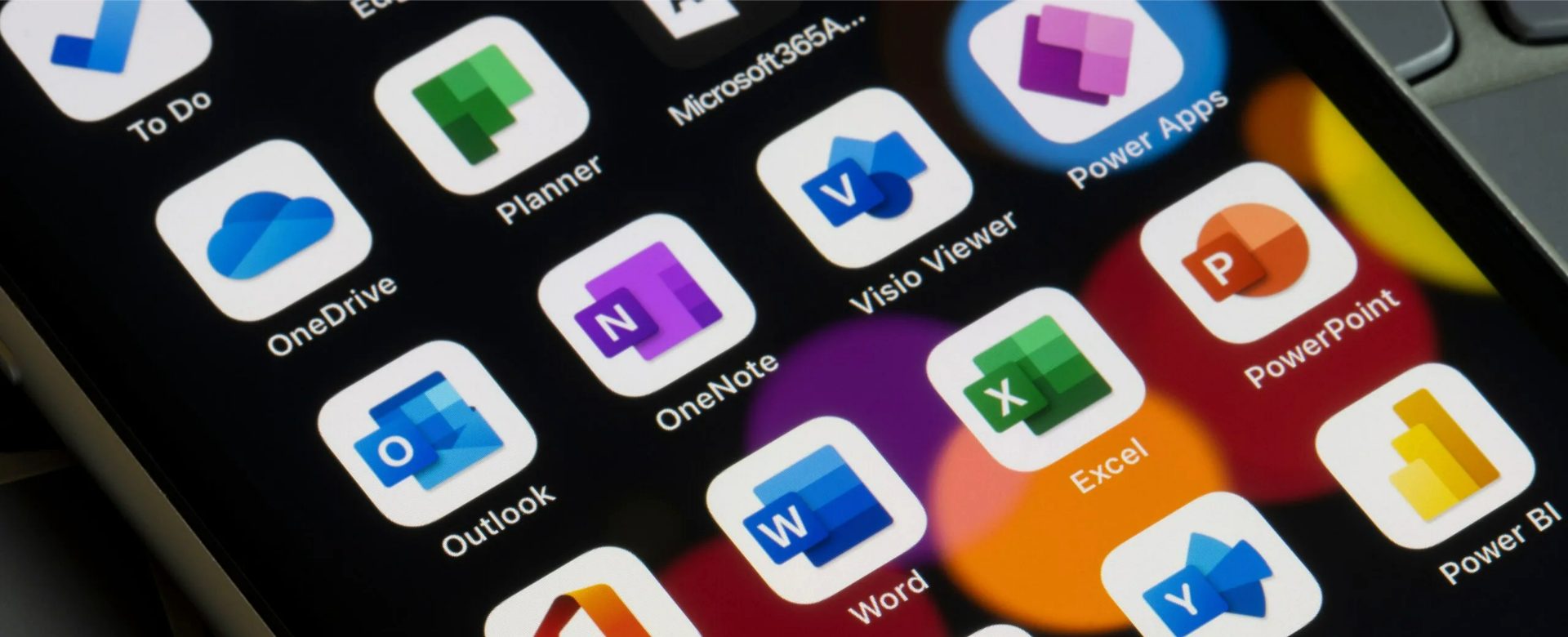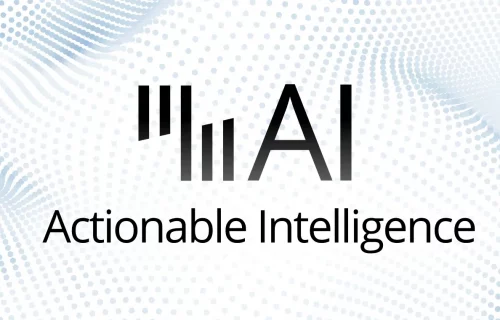
Why PowerApps is a great Excel replacement.
In this blog, we are looking at a common scenario in the world of data: Microsoft Excel versus PowerApps. PowerApps offers a great alternative to our traditional spreadsheets. We will explore why it sometimes might be a clever idea to switch from your familiar spreadsheets to the new world of PowerApps.
The start of it all
Excel is the grandfather of organizing data! It has been with us for a long time, helping with calculations, creating graphs, and all sorts of data work. We have made many budgets, tracked expenses, and even mastered pivot tables using Excel. But the amount of data we use is growing, and business processes are getting more complex, so it is crucial to consider newer, more flexible solutions.
So, let us first look at the advantages and disadvantages of good, old Excel:
Microsoft Excel shines with its versatility and robust data visualization tools, making it a go-to for everything from simple sums to fancy charts that clarify trends. I mean – who did not start tracking his personal financial budget in Excel 🤑? Everybody right? And – as you might have encountered – Excel is not ‘that’ heavyweight when you throw large datasets into the ring. It can slow to a crawl, or when too many hands are in the same data cookie jar (spreadsheet), the risk of mix-ups and mistakes can make things messy. Let us not even get started on version control. So, Excel is the perfect jack-of-all-trades, but can stumble with size and teamwork.
That is where PowerApps comes in, Microsoft’s answer to messy cooperations and spreadsheets. PowerApps is a low-code platform you can see as a combination of PowerPoint and Excel. It has Excel’s logic and calculation power and the WYSIWYG (What-You-See-Is-What-You-Get) Design Experience from PowerPoint. It lets you create custom applications (Desktop, Tablet, and phone!) without needing lots of coding skills. So, combine it with a suitable data solution, and you can think of it as the cool, younger, and more powerful sibling of Excel, ready to handle more complicated tasks easily. Let us check some of its advantages and disadvantages:
Advantages of Microsoft Power Apps:
- Swift App Development: With Microsoft Power Apps, you can swiftly develop applications using a low-code or no-code approach. PowerFX, the code you write in Excel, is what you also use to write logic in PowerApps. This means people with diverse technical skills can easily craft custom apps, saving time and resources in the development process.
- Seamless Integration into the Microsoft Ecosystem: Microsoft Power Apps seamlessly blends with other Microsoft 365 and Azure services, creating a unified environment for app development. This integration streamlines data connectivity, collaboration, and the utilization of additional functionalities within the broader Microsoft ecosystem.
- Centralized Data Entry & storage: PowerApps offers a more organized and reliable data management system compared to Excel by providing a single, central form for data entry, reducing versioning errors and data corruption. This ensures a more secure and error-free environment for data, enhancing its integrity and reliability.
Disadvantages of Microsoft Power Apps:
- Learning Curve for Advanced Features: While Power Apps is designed to be user-friendly, mastering its advanced features may pose a learning curve for users with limited technical experience.
- Cost Considerations: The cost of using Power Apps can accumulate based on the scale and complexity of your applications. Organizations must thoughtfully evaluate their needs and opt for appropriate licensing tiers, as certain advanced features may require higher subscription levels.
Is PowerApps better than Excel?
While Excel excels at straightforward data tasks, PowerApps is the go-to for more complex, dynamic challenges. It is not about replacing Excel but complementing it with PowerApps for scalable, app-based solutions. This shift enhances our toolkit, making us more efficient and enabling us to make data-driven decisions. Consider PowerApps to create employee-facing applications built on a robust database while keeping Excel for more straightforward, individual tasks. Let us embrace both to stay efficient and innovative in our data management practices.
Would you like to learn more?
This page is fully dedicated to Microsoft Power Apps, you can also watch a short demo from one of our colleagues! Want more info? Please do not hesitate to contact me via erik.wilbink@rockfeather.com.

AI Agents: Your New Colleague in Data Analysis
This article explains how AI agents like Zebra BI and Microsoft Fabric Data Agent are already helping organizations work with data faster, smarter, and more intuitively.

How Schiphol puts data at the heart of every key-decision
Maarten van den Outenaar, Chief Data Officer at Schiphol Group, shares practical insights on data strategy, employee empowerment, and sustainable technology adoption.

How do you choose the right KPIs, without losing sight of your strategic goals?
KPI expert Bernie Smith introduces a practical, structured approach to avoid the common trap of measuring everything, yet achieving nothing.
